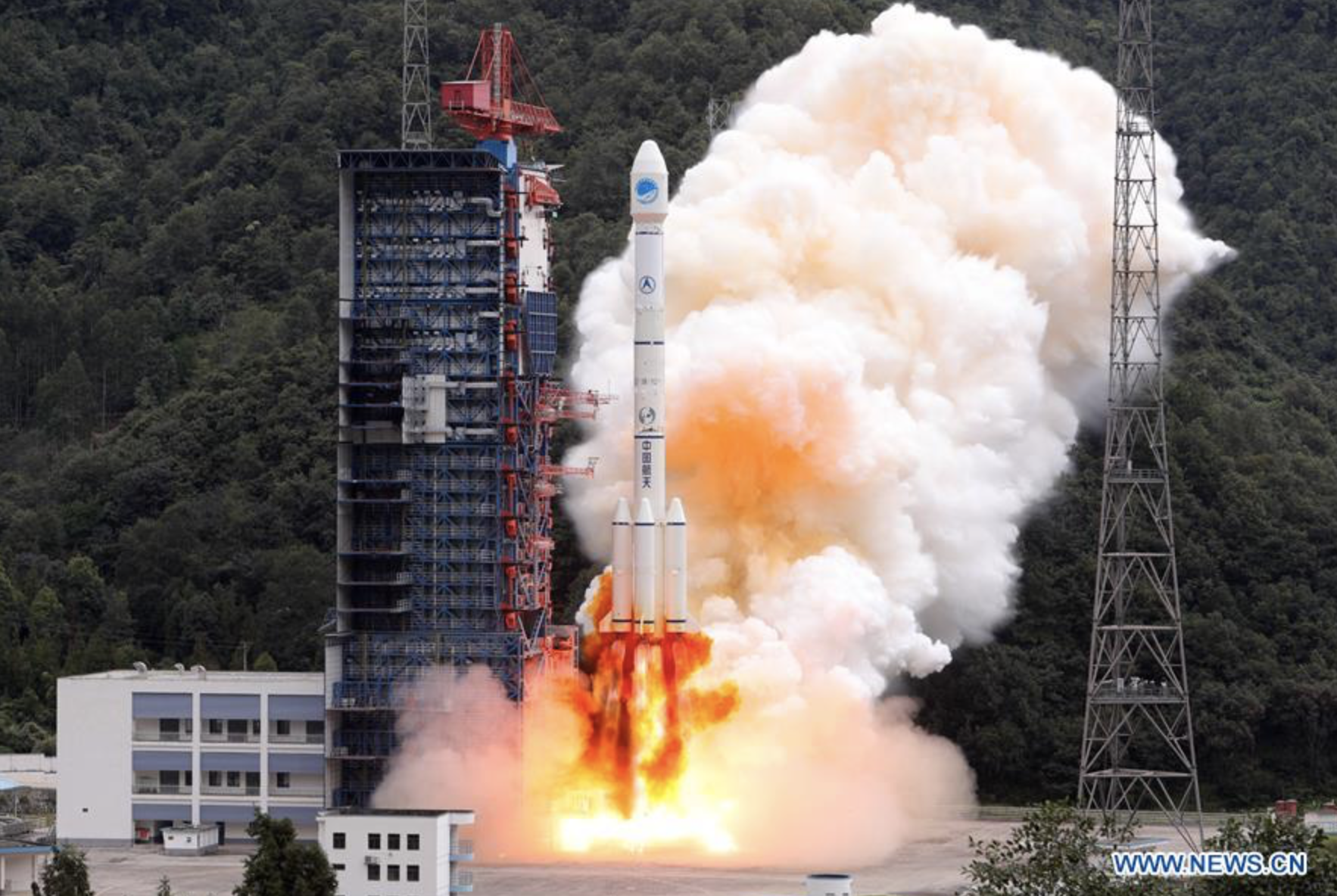Earlier this week, China launched a pair of BeiDou-3 satellites that will add to the country’s BeiDou-3 navigation constellation. To ensure the stability of the services, China continues to build and improve the domestically developed BeiDou Navigation Satellite System.
On Monday, the fifth and sixth third-generation BeiDou satellites were sent into space atop a Long March 3B carrier rocket from the Xichang Satellite Launch Center in Sichuan province, according to ChinaDaily.com. The 28th and 29th satellites in the BeiDou system, one of the nation’s largest space programs, are now working from a medium Earth orbit thousands of kilometers above the planet, and will operate for at least 12 years in space, according to the China Satellite Navigation Office.
In November, the first two third-generation BeiDou satellites were launched at the Xichang center, followed by two more lifted off in January.
BeiDou began providing positioning, navigation, timing and message services to civilian users in China and parts of the Asia-Pacific region in December 2012. Plans call for the network to consist of 35 satellites before the end of 2020 — with several currently in orbit to be decommissioned by then — to give BeiDou global coverage.
Once the network is completed, it will provide free-of-charge navigation and positioning services with 10-meter accuracy to civilian users around the world, according to ChinaDaily.com. Additionally, higher accuracy up to centimeter level will be available to paying clients.
Monday’s launch marked the seventh successful mission of the Long March rocket series since the beginning of the year — 2018 will be an ambitious year for China’s space program, with the largest number of Long March rocket launches.
According to Cen Zheng, rocket system commander-in-chief of the Long March-3A mission, 2018 will see 35 launches of the Long March rocket series, with 14 missions carried out by Long March-3A rockets and six by Long March-3C rockets, according to published reports.
These missions focus on sending BeiDou satellites into space to form a network for the domestic BeiDou Navigation Satellite and the launch of the Chang’e-4 lunar probe later this year. “Eight of the 14 Long March-3A rockets to be sent into space in 2018 will carry twin BeiDou-3 satellites,” Cen said in published reports. “The Long March-3A rocket family will fulfil 40 tasks from 2018 to 2020. We have a tight schedule.”
Throughout 2018, Long March-3A rockets will send 18 BeiDou-3 satellites into space, enabling the system to provide navigation and positioning services to countries along the Belt and Road. Long March-3C rockets will also send the Pakistan Remote Sensing Satellites and the China-France Oceanography Satellite into space this year.
The success of the latest launch was confirmed by the country’s launch services contractor, the China Aerospace Science and Technology Corporation (CASC), approximately 3 hours after liftoff on Monday.
CASC has dubbed 2018 China’s “Super Year for Space”; more launches will be resumed after China’s New Year celebrations.
NASA reports that in March another Long March-3B/Y1 launch vehicle should orbit the BeiDou-3MEO5 (BeiDSou-30) and the BeiDou-3MEO6 (BeiDou-31) satellites. The BeiDou Phase III system includes the migration of its civil BeiDou 1 or B1 signal from 1561.098 MHz to a frequency centered at 1575.42 MHz – the same as the GPS L1 and Galileo E1 civil signals – and its transformation from a quadrature phase shift keying (QPSK) modulation to a multiplexed binary offset carrier (MBOC) modulation similar to the future GPS L1C and Galileo’s E1.





